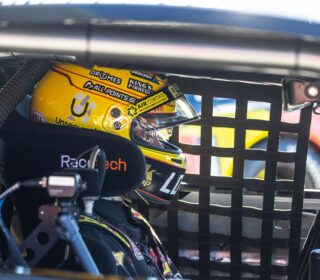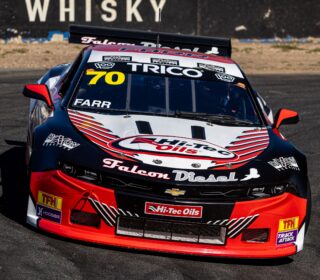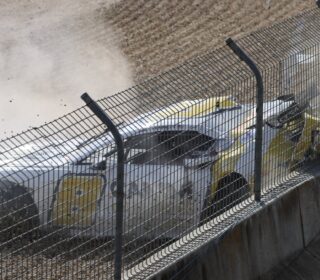COMMENT: TIME TO UNITE AUSSIE SPORTS CARS
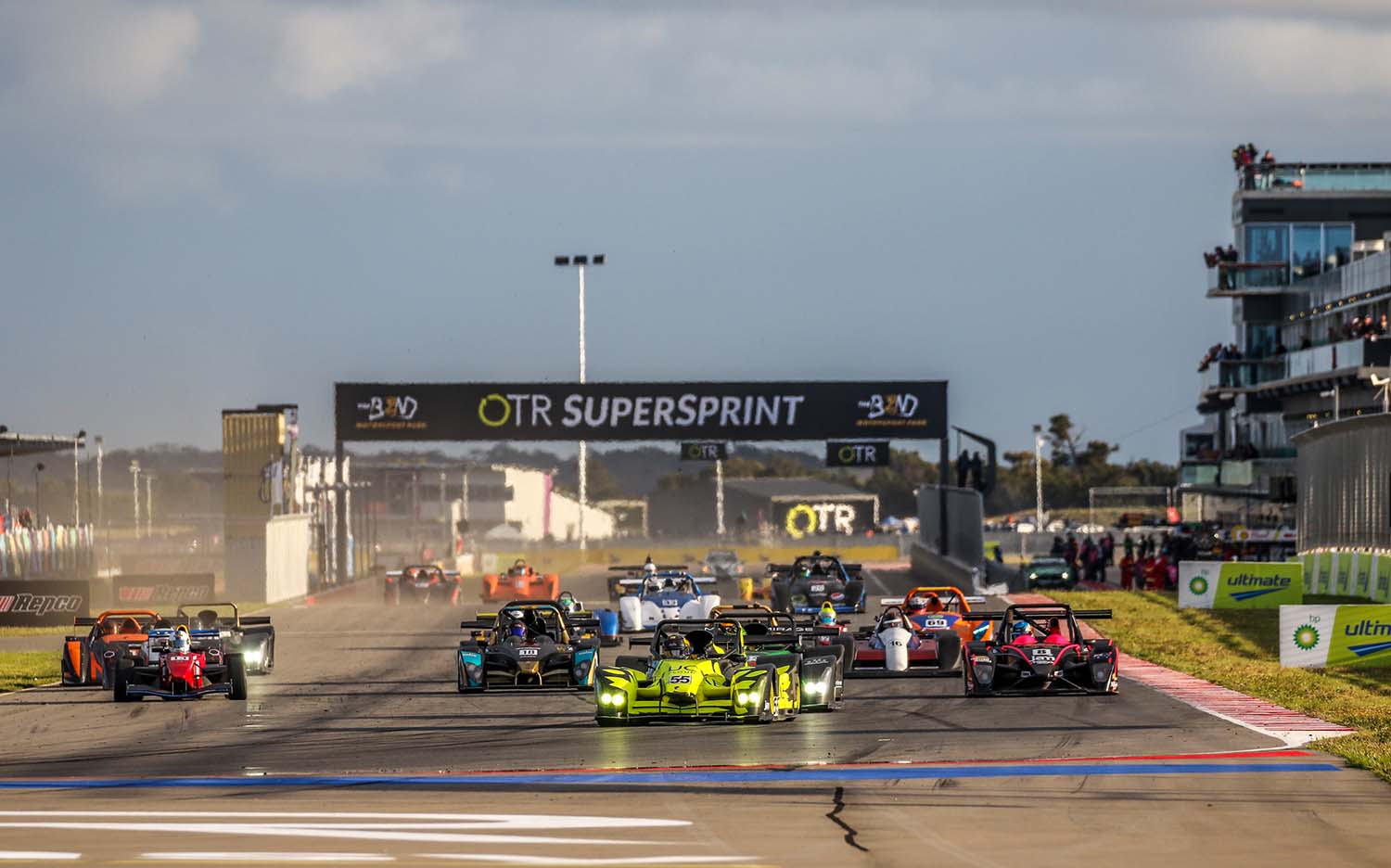
SPORTS CAR Racing in Australia has a fascinating past but in recent times has been unable or unwilling to put its best foot forward to build a truly excellent series. We argue that, given everything going on, the time is now..
WORDS: Richard Craill IMAGES: Frank Hodak & Richard Craill
SPORTS CAR Racing in Australia has a cool history.
From the famous 1980s World Endurance Championship adventure at Sandown to the Race of 1000 years in Adelaide and the more recent Asian Le Mans Series race at The Bend in January this year, that style of racing has an enthusiastic fan and also participation base in this part of the world.
However, in recent years domestic Sports Car racing has been overshadowed by the rise of GT3 as a category and by the lack of a single, high-profile platform on which to move it forward.
And it is on that topic that I think it’s time we find a way to embrace some change.
The pandemic-enforced adjustments everyone in the sport is being forced to make offers a great opportunity to come up with one high-profile national Sports Car category – one that embraces all types of cars and can offer up big fields and compelling racing across a multitude of classes.
The time is right and if some of the commercial and historical precendents can be put to the side for a time, it would be pretty cool.
Last weekends’ successful SA Sports Car invitational at The Bend OTR SuperSprint event was proof that there’s a demand for such a thing; a combined field of Radicals, Wolf CN cars, Wests and others joining forces to put on a great show.
At present, Australia essentially has two series competing in the same market: the one make Radical Australia Cup and the Australian Prototype Series, which caters for a varied collection of cars – including Radicals – within its regulations.
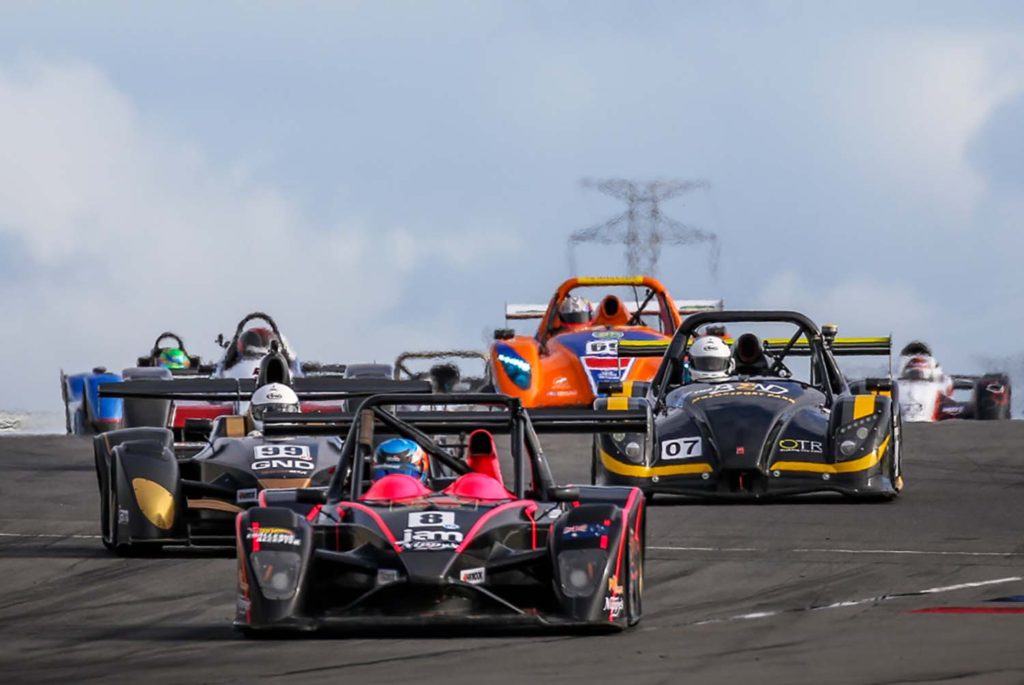
There’s also the yet to materialise LMP3 Cup Australia, which has been in the pipeline for several years and only last week was confirmed to have once again to have pushed back their start date to at least 2021, on account of the current global situation.
While each series has their own strengths and weaknesses (even if one is yet to get off the ground), I find it hard to believe that the marketplace here is big enough to sustain all three.
Recent grid sizes in the Prototype Series and Radical Australia Cup would support that theory.
It’s time the various stakeholders and the governing body cast aside the politics and and bring it all together under one banner.
More on the branding later, but first, imagine the product.
Imagine a grid of 30-35 cars; LMP3s, CN Prototypes and V8 Radicals leading the charge with four-cylinder Radicals, Sports Racer cars and other likeminded machines racing within the pack battling for their own classes.
You’d run a six-round series comprised of a couple of one-hour races, perhaps culminating with a longer distance season finale’ alongside the Asian Le Mans Series event at The Bend to cap it off.
It would produce compelling, multi-class racing and at the same time offer both a pathway for drivers to Sports Car racing in Europe via LMP3 and a place for gentlemen drivers to enjoy their motorsport in whatever car they wish to buy thanks to the broad selection on offer.
It would work for brands who could market their products (Wolf, Radical, LMP3 constructors, tyre companies and so on) and be good for promoters and events as a profile addition.
And now to the branding: I think it’s time to dust off the storied ‘Australian Sports Car Championship’ title, last awarded in 1988.
The ASC has a long history, from John Harvey’s pair of titles aboard a McLaren M6B CanAm car in the 1970s to Allan Moffat’s Porsche 930 Turbo in 1980 and Bowe’s domination of 1986 in the famous Veskanda.
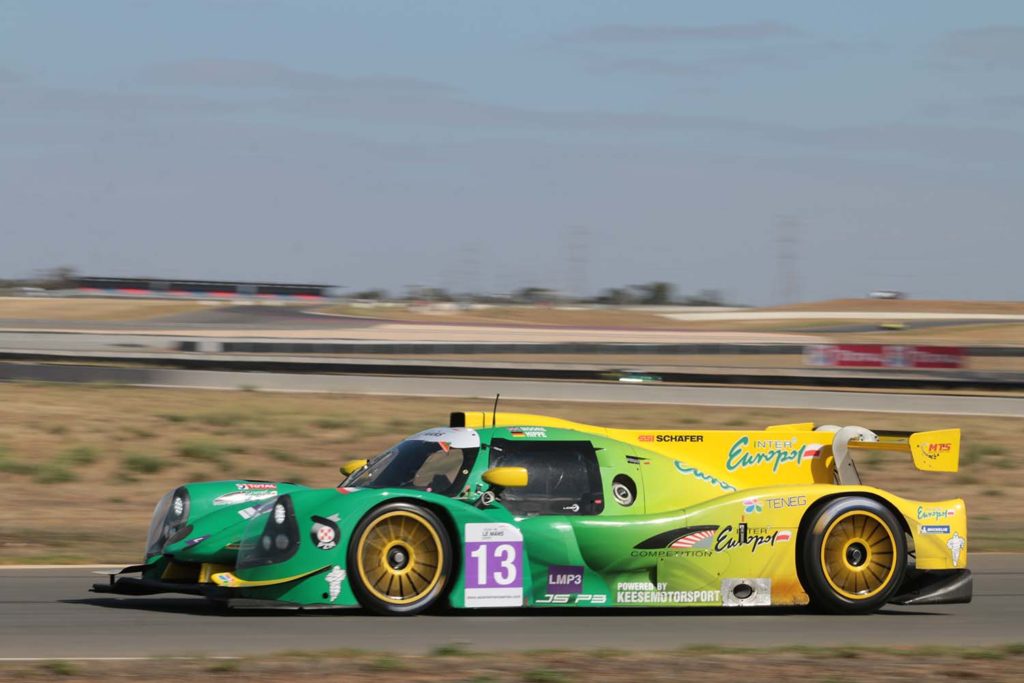
It’s a solid brand with a good history and plenty of great motorsport names still around you could bring out to help promote and grow the series.
Of course, to get to this utopian vision of motorsport around it you need to overcome the politics and there sure are plenty of those.
For some time Radical Australia were opposed to their cars even thinking about competing in the Prototype / Sports Racer Series – for fear of it hurting their own numbers – with only non-Radical Australia registered or imported cars initially allowed to run.
That was eventually relaxed and Radicals now compete for both their own class and outright honors in the Prototype Series as well as their own Radical Australia Cup.
Then it was announced that LMP3 would be coming to Australia: a topic that created plenty of discussion in its own right between parties that thought the cars should be run within the existing Prototype-style category in Australia, and others that felt it should be done on its own.
The latter won, with plans to establish an Australian LMP3 Cup announced some time ago and plans as far advanced as a 2020 schedule announcement.
The decision to go it alone, sanctioned by Motorsport Australia and the ACO – who own the LMP3 brand and category concept – was a big call and was made for a multitude of reasons, including a lack of interest in pure LMP3 machinery racing amidst fields of CN, Radical or Sports Racer cars.
I get that viewpoint, I really do: It’s the same reason the Porsche Carrera Cup championship doesn’t race within a field of Production Sports Cars or GT3 machines. Not great for the brand.
Unfortunately, that call also added another category to an already flooded marketplace – putting strain on a sport that has a finite pool of competitors and financial resources on which to draw.
Ironically the decision to go it alone will surely have also created headaches for the LMP3 Cup organisers themselves as they fight to establish their category from said finite pool of competitors – one which could become smaller when all of this is over.
To me, it just doesn’t add up: Running them at the front of a field of similar cars makes the world of sense both from a visibility standpoint and from a business sense. Establishing another new category in a market that already has something broadly similar, does not.
The risk is that LMP3 stalls before the cars even hit the track, but in this model even if they only attract five or six cars in the first year or two, they can launch the class without having to front with a potentially embarrassingly small field and copping the enormous financial pain that comes with it.
If it grows from there into something that can ultimately stand on its own, then great. But it’s hard to believe that time is now – this year more than any in recent memory.
Ultimately, this is down to the governing body to make the call.
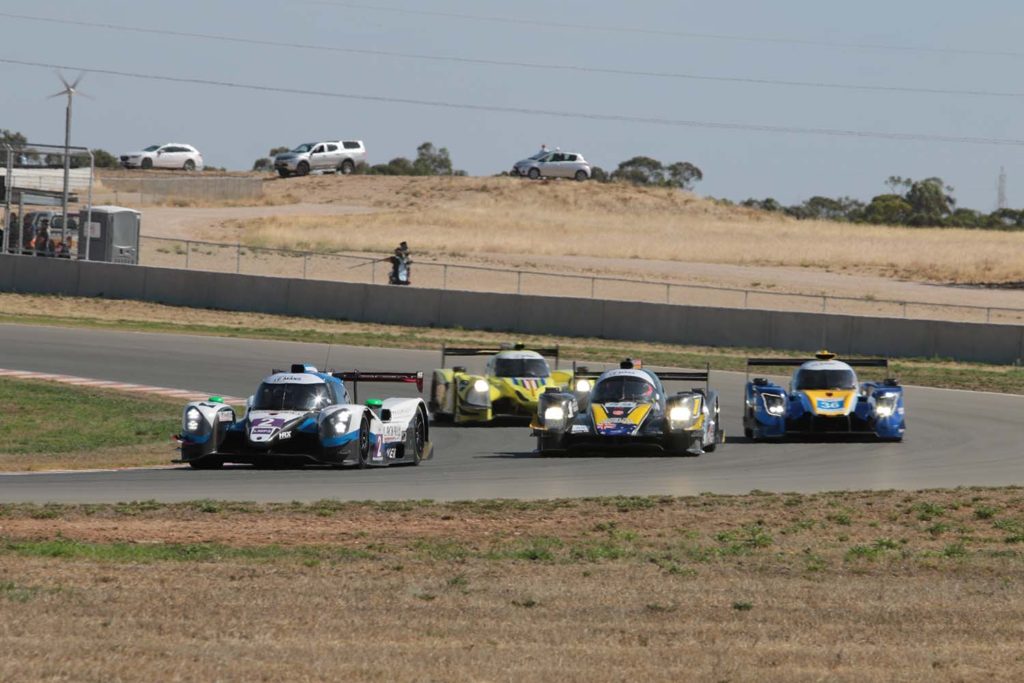
It will piss some people off: I’m sure the Prototype Series competitors, now at peace with the lack of LMP3 cars in their class, won’t want a bunch of them coming into their turf and taking over. But at the same time I’m sure they’d enjoy the profile and the benefits that would come with LMP3 cars running, too.
The Radical guys like doing their own thing, but in recent years their national-series grids have not been particularly strong; larger numbers regularly drawn to the NSW State Series Sports Car races , which run mixed grids anyway.
There would be nothing wrong with shifting the Radical Australia Cup to state level and shift the national focus to this new, prestigious, Australian Sports Car Championship.
And if LMP3 don’t want their cars running with others, then they may not get off the ground here at all. The Aussie market, which already has two separate national-level Sports Car categories, three GT3 categories and two separate one-make Porsche championships, is already pretty crowded.
They need to adapt. They all do.
I have the fullest of respect for the people running Prototypes and Radicals, and the people trying to establish the LMP3 category, so this isn’t easy.
But in this day and age there’s a Hunger Games-vibe around the sport and the categories in it: either find a way to succeed or you’re going to be in real trouble.
Look, I’m the first to admit that there’s more chance of a Hyundai Excel winning the Bathurst 1000 than this actually happening.
But in a time when the sport can ill afford to be fragmented and categories like the Tin Tops and the SA Sports Car invitational prove that big, mixed grids of lots of diverse cars work well and are popular with fans and TV audiences alike, surely it’s time to have a look at it.
2020 might suck, but it also presents opportunity. It’s time for the sport to grasp it for a better future.
A revitalised, excellent Australian Sports Car Championship, could be an exciting part of that.



